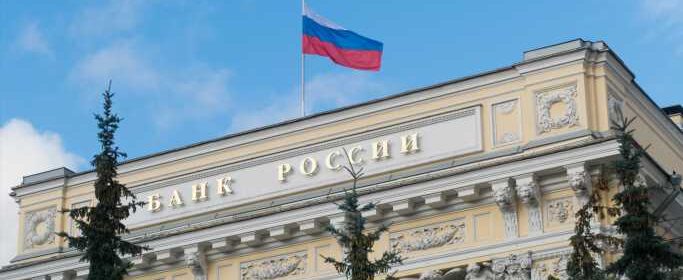Countries Buying Up the World’s Gold

Gold buying by central banks reached its highest level in 55 years this February 2023, according to the World Gold Council. The uptick in gold buying is part of a decades-long shift away from the U.S. dollar as the world’s primary reserve currency, and has coincided with the strengthening of emerging economies like Brazil, Russia, India, China, and South Africa. In recent weeks, members of the BRICS economic coalition have announced plans to introduce a new, alternative currency to further challenge the U.S. dollar’s role as primary world currency.
Since the U.S. dollar was officially decoupled from gold in 1971 and the gold standard was fully abandoned in 1973, central banks have bought gold in times of market volatility and uncertainty. Gold can act as a hedge against the U.S. dollar, and may be in higher demand in times of high inflation and political tension with the United States. In recent years, central banks in emerging markets have led the gold buying spree, signaling uncertainty in international relations and a shift towards independence from the U.S. monetary system. (Yet the U.S. is by far the largest holder of gold – here are the countries with the most gold.)
To determine which countries are buying up the world’s gold, 24/7 Wall St. reviewed data on gold reserves by country from the World Gold Council. Countries were ranked based on the net change in gold reserves held by their central bank from 2017 to 2022. Data on the value of gold reserves and gold reserves as percentage of all foreign reserves also came from the WGC and was calculated using the LBMA (London Bullion Market Association) Gold Price for the fourth quarter of each year. Population figures are from the World Bank and are for 2021.
The largest buyer of gold from 2017 to 2022 is, by far, the central bank of Russia (though data for Russia is actually only until the end of 2021. The U.S.-imposed sanctions on Russia in response to its invasion of Ukraine effectively made the hundreds of billions of U.S. dollars the Russian central bank holds worthless. Russia recently said it further increased its bullion holdings in 2022. (Here are the most sanctioned countries of all time.)
Other countries whose relations with the U.S. may be worsening have also purchased gold. From 2017 to 2022, the central banks of Russia, Turkey, India, and China were the largest buyers of gold.
And while Russia, Turkey, India, and China account for nearly 60% of the net change in gold reserves globally from 2017 to 2022, it is small countries in the Middle East and North Africa that are buying gold at the fastest rates. Mauritania, Qatar, and the United Arab Emirates all more than tripled their gold reserves from 2017 to 2022, while Oman increased its once meager gold supply by more than one hundredfold.
Countries have also made significant changes to the composition of their central bank holdings, with upper- and middle-income countries in Central Asia and Latin America doubling down on their gold positions the most. In Pakistan, Kazakhstan, Turkey, Lebanon, and Venezuela, gold as a share of central bank holdings increased by more than 15 percentage points from 2017 to 2022, while in Bolivia gold as a percentage of central bank holdings increased by a world-leading 49 percentage points. Globally, gold as a share of total central reserve holdings rose from 9.7% to 12.9%.
Click here to see the countries buying up the world’s gold.
Sponsored: Find a Qualified Financial Advisor
Finding a qualified financial advisor doesn’t have to be hard. SmartAsset’s free tool matches you with up to 3 fiduciary financial advisors in your area in 5 minutes. Each advisor has been vetted by SmartAsset and is held to a fiduciary standard to act in your best interests. If you’re ready to be matched with local advisors that can help you achieve your financial goals, get started now.
Source: Read Full Article
